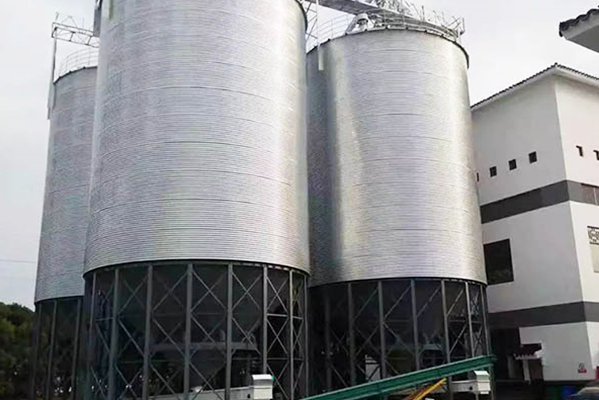Navigation Menu
Contact Us
- Email:
- info@wxavatar.com
- Address:
- Yurong Village, Yuqi Street, Huishan District, Wuxi, China.
Release Date:Jul 02, 2025 Visit:41 Source:Roll Forming Machine Factory
Modern grain storage systems have transformed agricultural practices by enhancing efficiency, reducing losses, and improving overall farm management. These advanced solutions help farmers maintain grain quality, optimize storage capacity, and streamline operations. Here’s how they contribute to better efficiency in farming.

1. Enhanced Grain Preservation
Traditional storage methods often lead to spoilage due to pests, moisture, and mold. Modern grain storage systems incorporate airtight silos, temperature control, and moisture monitoring to preserve grain quality for extended periods. This reduces waste and ensures farmers can store harvests until market conditions are favorable.
2. Reduced Labor and Handling Costs
Automated grain storage solutions minimize manual labor. Features like conveyor systems, automated loading and unloading, and remote monitoring reduce the need for physical handling, saving time and labor costs. Farmers can manage large quantities of grain with fewer resources.
3. Improved Inventory Management
Digital monitoring tools allow farmers to track grain levels, temperature, and humidity in real time. Sensors and connected systems provide data that helps prevent spoilage and optimize storage conditions. This precision reduces guesswork and improves decision-making.
4. Increased Storage Capacity and Flexibility
Modern silos and grain bins are designed to maximize space while maintaining structural integrity. Modular storage options allow farmers to expand capacity as needed, ensuring they can handle varying harvest sizes without investing in excessive infrastructure.
5. Better Pest and Contamination Control
Advanced storage systems use sealed environments and fumigation techniques to deter pests and rodents. By minimizing infestation risks, farmers can avoid significant losses and maintain higher grain quality for market sales.
6. Faster and More Efficient Grain Handling
Integrated drying and aeration systems help maintain optimal grain conditions, reducing the need for additional post-harvest processing. This speeds up the readiness of grain for sale or further processing, improving turnover rates.

Conclusion
Modern grain storage systems provide farmers with reliable, efficient, and cost-effective solutions to manage their harvests. By reducing waste, lowering labor demands, and improving storage conditions, these systems help farmers maximize profitability and operational efficiency. As technology continues to evolve, further advancements in grain storage will likely bring even greater benefits to the agricultural sector.